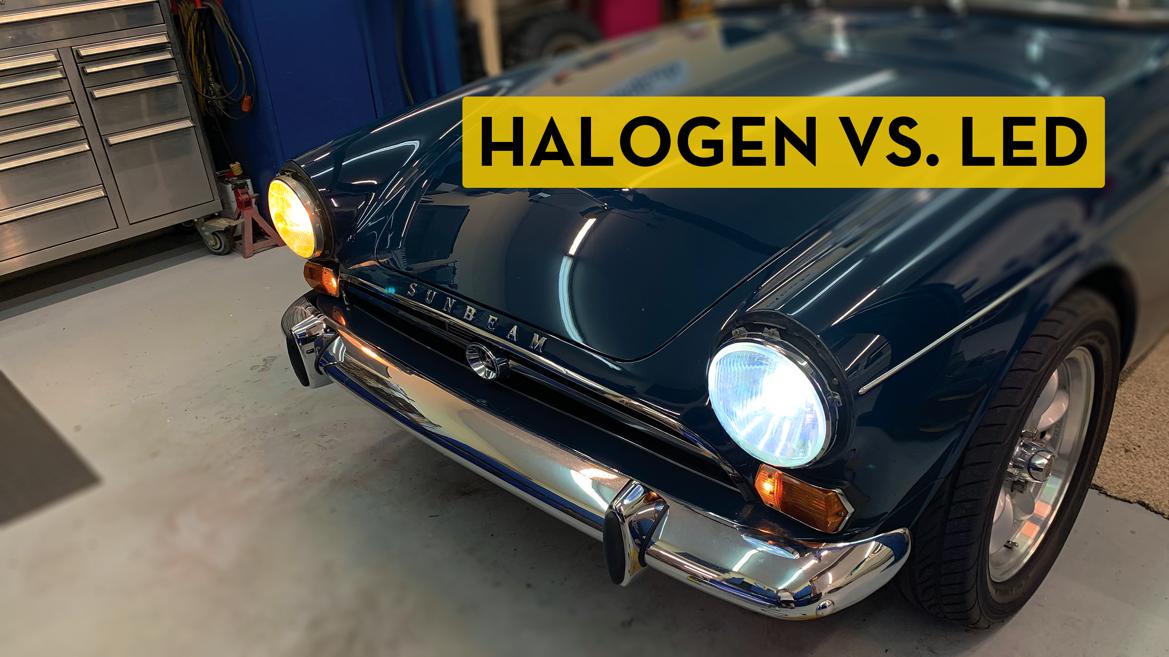alfadriver said:
Keith Tanner said:
In reply to alfadriver :
I don't think all gas stations make their own fuel either. Some of the big ones, sure, but there are a lot of pure resellers.
The electricity regulations are fairly varied from state to state. In some, only utilities are allowed to sell power IIRC, and I think Tesla is considered a utility there. I don't think there's anything stopping utilities in most states from opening charging networks. They already make a profit selling the electricity to the other charging networks. Like so many other industries, there's quite a difference between being a wholesale or retail business and many companies don't do both.
My point is incentives to build more "pumps". The oil companies have a good reason to make sure there are almost 150,000 gas stations around the country, all of them have at least 4 pumps to fill up vehicles with gasoline- as they all make really good money selling their product for vehicles.
Right now, the companies that make electricity don't have that incentive- electricity is electricity. And I think there are "utility" limits on them being able to sell their product at enough of a premium to saturate the US with charging stations. Otherwise, they should be doing it, as well as upgrading the infrastructure as the future is seemingly pretty obvious where they can make billions of dollars selling electricity to EVs.
Right now, the vehicle makers are the ones who are deciding on how their vehicles get charged. If the utilities got together and said- "this will be the way because we plan on putting in 100,000 charging stations" every maker would quickly adapt that and the problem would be solved.
The purpose of the various governmental incentives is to solve the chicken and egg problem. Profit-driven entities won't build charging networks until there are users - but the users won't buy the cars until the networks are in place. Tesla saw this pretty early on and it was a significant sales advantage to them. If we want a high level of EV adoption*, then we need a good high speed charging infrastructure across the country.
Those incentives usually specify CCS, which was looking like it was going to be the winner for a universal charging standard in the US. Pretty much every non-Tesla uses it, and Teslas since late '19 can also use it with an adapter. So that basically made the decision on how the vehicles got charged.
But the networks taking the money dropped the ball by doing a half-assed job. It was a land grab and they didn't bother with quality work or maintenance. This has hobbled EV adoption. Ford basically said "you guys suck, we can't sell cars to people in good faith, only Tesla has done this right" and added support for the NACS (the Tesla connector). GM followed suit immediately and a bunch of networks saw the writing on the wall. The dominoes fell fast. It helps that the NACS connector is superior even when it's not attached to a Supercharger, and that Tesla also engineered their stations to be efficient to build - roughly 20% of the cost of other networks. So they seem to have won the standards race by being a better design, better implemented for a lower price and being more reliable. All good.
Since this will very likely lead to the Tesla chargers speaking the CCS protocol as well as the Tesla protocol, it's doing the same thing as your fuel pumps that dispense fuel that (almost) every gas vehicle can use. The physical plug might be one of two options - and there are ways for cars to accept either - but the actual communication and all the back end will be standardized. The actual fuel, of course, is all the same.
There are a variety of price structures in place for charging networks now. It's difficult to come up with an average because there are differences across states in how electricity can be sold. It's quite likely we'll see some evolution here to allow utilities to profit off charging stations, but since it's at the state level it will be very fractured and inconsistent. It's happening in Canada at least, where several of the largest networks are owned by power generation companies. Two others are owned by major gas companies. Rundown
* take that as a given for the purpose of this discussion, we have already been over this particular "if" quite enthusiastically






























